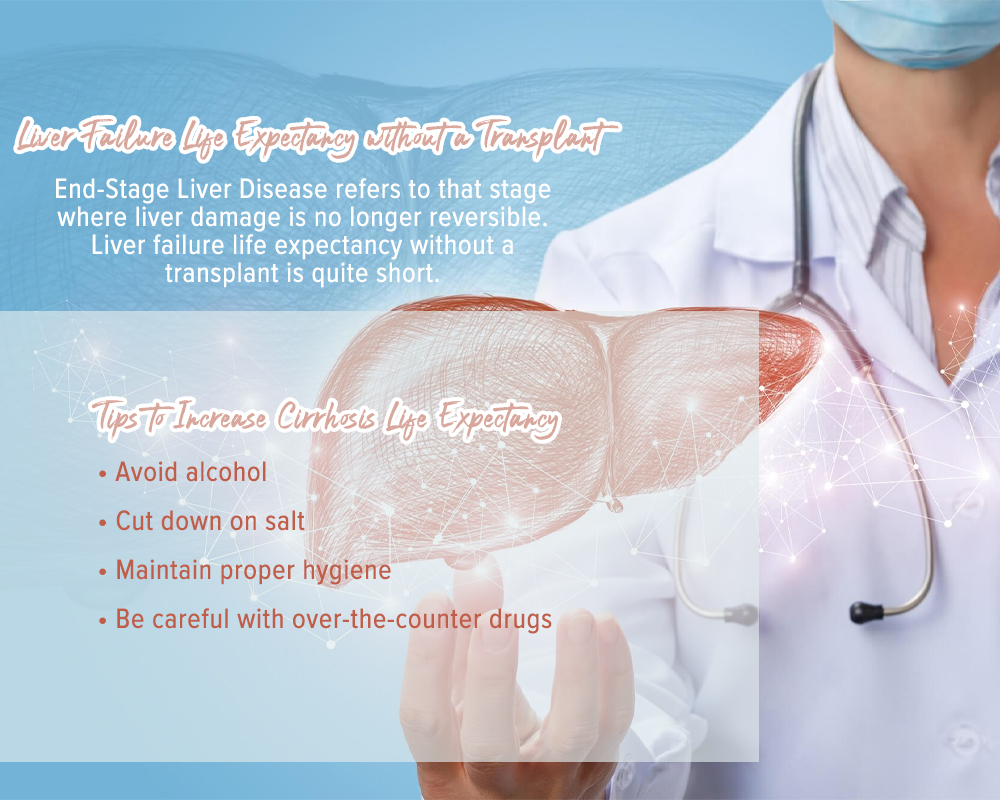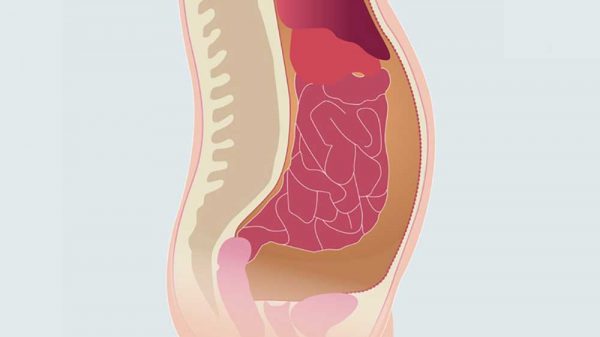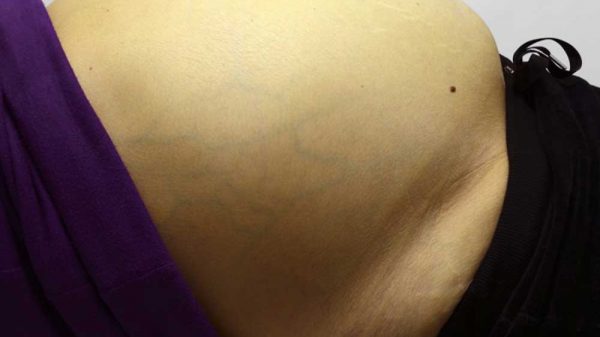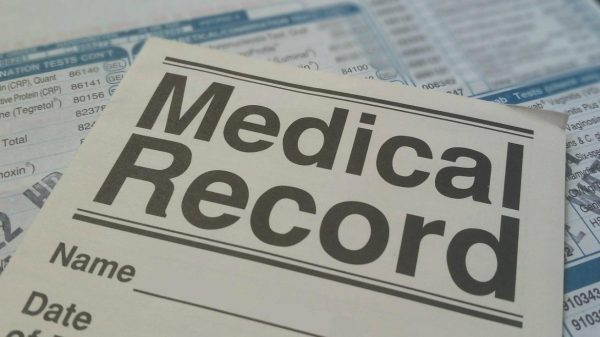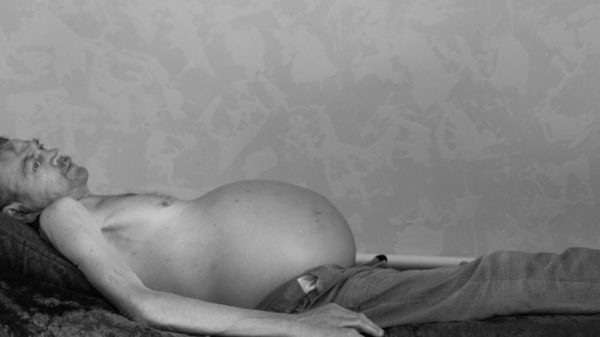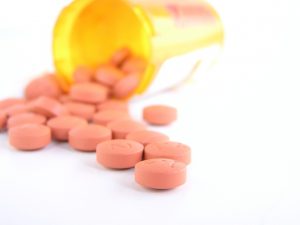End-stage liver disease (for short, ESLD) means the same thing as decompensated cirrhosis and liver failure. It refers to that stage where liver damage is no longer reversible. But then, it is a terminal disease with a ray of hope. If you have ESLD, you may opt for liver transplantation. This is the definitive cure for ESLD. However, this viable cure is usually not readily accessible. Firstly, it is expensive. Secondly, the waiting list is usually very long. The number of people in need of transplant far outweighs the number of available donor-livers. The general concern then is how to compare ESLD life expectancy with how long people stay on the waiting list before getting a matching donor-liver. In this article, we will talk about liver failure life expectancy without a transplant.
Due to how long the time of waiting is, an estimate of 14% of those waiting for a matching donor-liver die every year. Lots of other people would eventually be delisted because they are no longer fit for transplant surgery. So, yes there is a ray of hope with the possibility of liver transplants. However, most of the people with ESLD will eventually die from the condition. So then, a person with ESLD may benefit from palliative care while they are waiting for transplantation. Some may even choose not to go for transplant because they can’t afford it, or because of the potential adverse outcomes of the procedure. These people may also benefit from palliative care to boost their long-term survival.
Liver Failure Life Expectancy without a Transplant
The outlook of ESLD is quite variable. A lot of factors can influence the life expectancy and general outlook of the disease. They include the cause of the disease and how severe the complications are, among many other factors.
Those that have compensated cirrhosis can expect to live for an average of 12 years at least. However, the outlook for those with ESLD is not as promising as that of compensated cirrhosis patients. The life expectancy of ESLD without transplantation is only about two years.
The rate at which liver function declines in ESLD is very erratic and very hard to predict. If you have ESLD, your health status is likely to be constantly poor. And it is bound to decline further with time. You may have to be in and out of hospital admission and exacerbation.
Sometimes, people die suddenly from ESLD. This can happen when the scar tissue causes a rupture inside the liver. This leads to internal bleeding, which can, in turn, cause sudden death. This is beyond the scope of the normally expected progression of the disease.
Generally speaking, the severity of decompensation is a major factor in determining the outlook of ESLD, as well as life expectancy. This is usually where experts focus their attention.
Many models exist on how to determine cirrhosis life expectancy. The two most common models, however, are:
- Child-Turcotte-Pugh (CTP)
- Model for End-Stage Liver disease (MELD)
CTP is a scoring system that classifies cirrhosis as either A, B, or C. Each class has its estimated survival rate.
- Class A is mild cirrhosis and has an 85 percent two-year rate of survival
- The B Class is moderate cirrhosis and has a 60 percent two-year rate of survival.
- Class C is severe cirrhosis and has a 35 percent two-year rate of survival. ESLD usually falls in this class.
How About MELD Scoring System?
MELD is another scoring system that measures death risks instead of survival rates. It is specifically made for those with ESLD. MELD scoring system makes use of lab test values to determine death risk in those with ESLD in three months.
It makes use of three test values, namely bilirubin, serum creatinine, and serum sodium. The score is usually interpreted as follows:
- If your score is below 9, you have a 1.9 percent risk of dying in 3 months
- A score between 10 and 19 means you have a 6 percent risk of dying in 3 months
- If your score is between 20 and 29, then you have a 19.6 percent risk of dying in 3 months
- A score between 30 and 39 means you have 52.6 percent risk of dying in 3 months
- If your score is above 40, you have 71.3 percent risk of dying in 3 months.
So then, you cannot judge life expectancy just by the mere fact that a person has ESLD. The real factor that determines life expectancy is how severe the case is.
Meanwhile, the MELD scoring system does not determine the general health status of a person with ESLD. It only deals with death risk. In other words, someone with a high death risk may feel better than someone with a high death risk.
Doctors use MELD very often to determine how long a person is expected to live. This helps them to know when to initiate palliative care. It also helps them to know what form of palliative care the person needs.
Aside from that, doctors use the MELD scoring system to prioritize those on the waitlist for liver transplants. If the MELD score is very high, it means the person is more likely to die within 3 months without a transplant. Such people are prioritized on the waitlist.
Tips to Increase Cirrhosis Life Expectancy
ESLD can no longer be reversed. However, you can do quite a few things to slow down the progression of the disease. Doing those things would help to prevent or slow down further liver damage.
The following tips can increase cirrhosis life expectancy:
- Avoid alcohol. It doesn’t matter whether the damage to your liver was induced b alcohol or not. Abstaining from alcohol is your best bet if you already have any form of liver damage.
- Cut down on salt. Salt intake usually increases risks for fluid overload because a dysfunctional liver finds it hard to keep fluid in your blood. You should, therefore, limit salt while cooking and avoid eating processed foods.
- Maintain proper hygiene. This helps to reduce the risks of infection. Also, stay away from anyone that has an infection or contagious disease.
- Be careful with over-the-counter drugs. A dysfunctional liver can be overwhelmed by drugs. It is the major organ that processes chemicals that you consume, including drugs. Carry your doctor along before you take any drug, herbs, or supplements.
Liver failure life expectancy without a transplant is quite short. But then, it depends on how severe your condition is. This notwithstanding, you can still increase your life expectancy by following the tips we have shared in this article.
